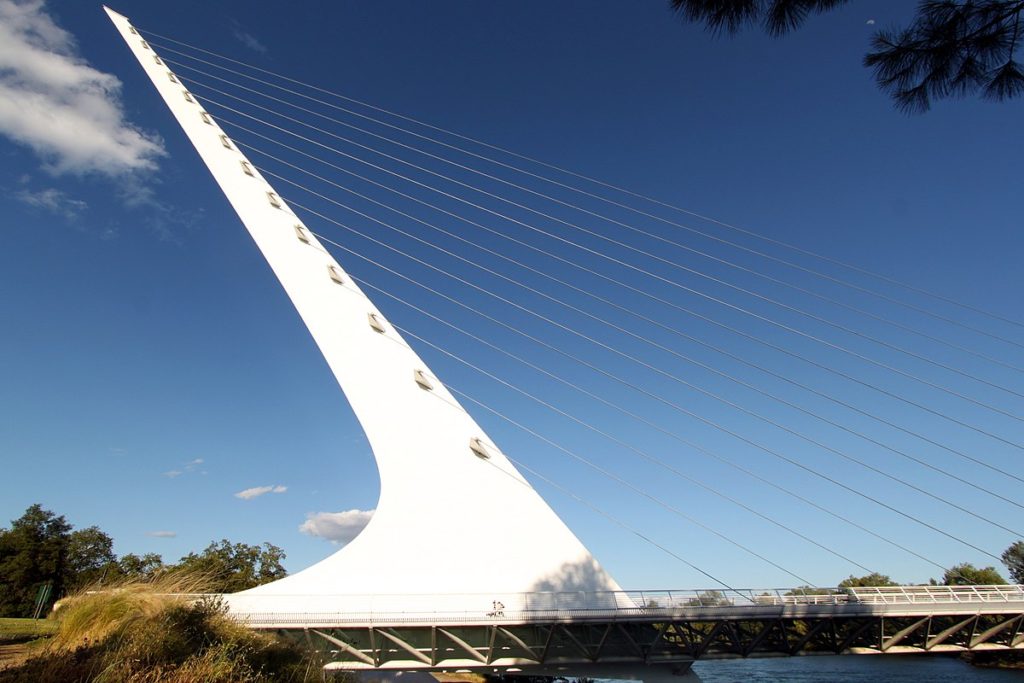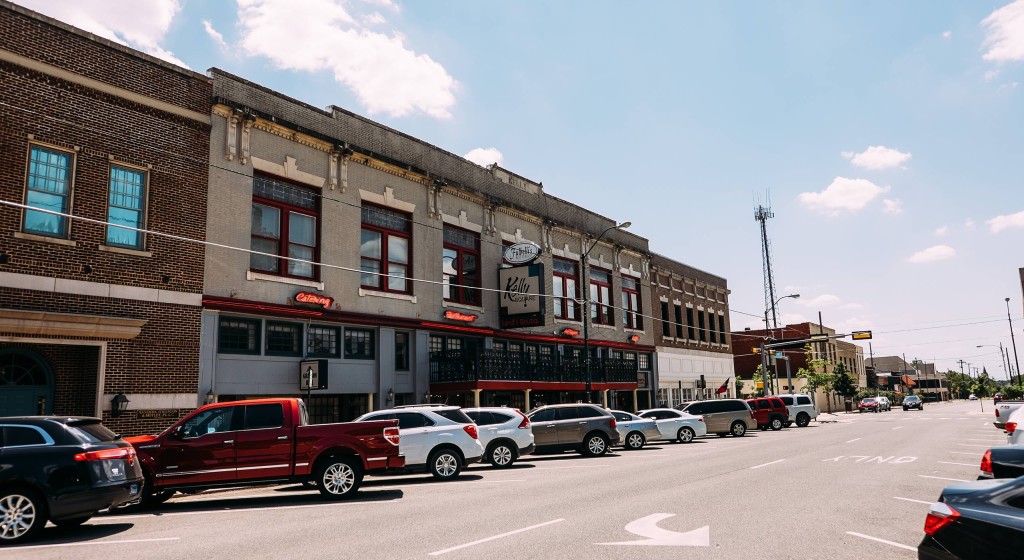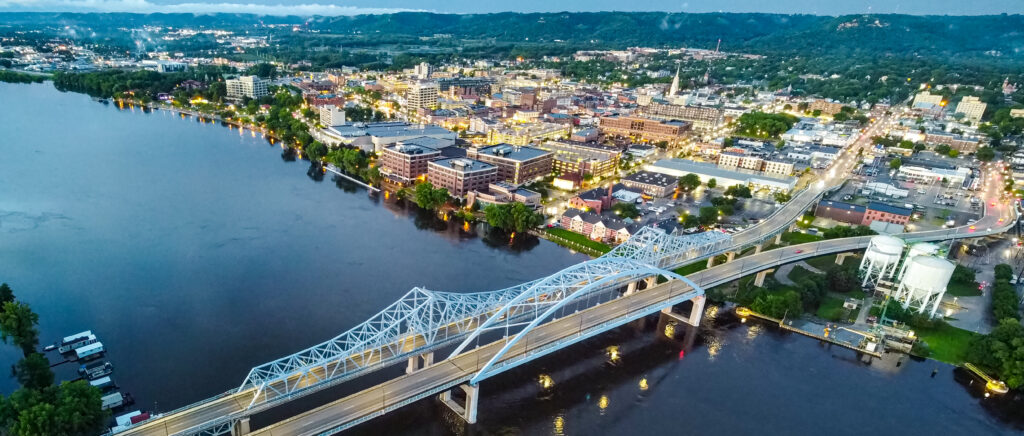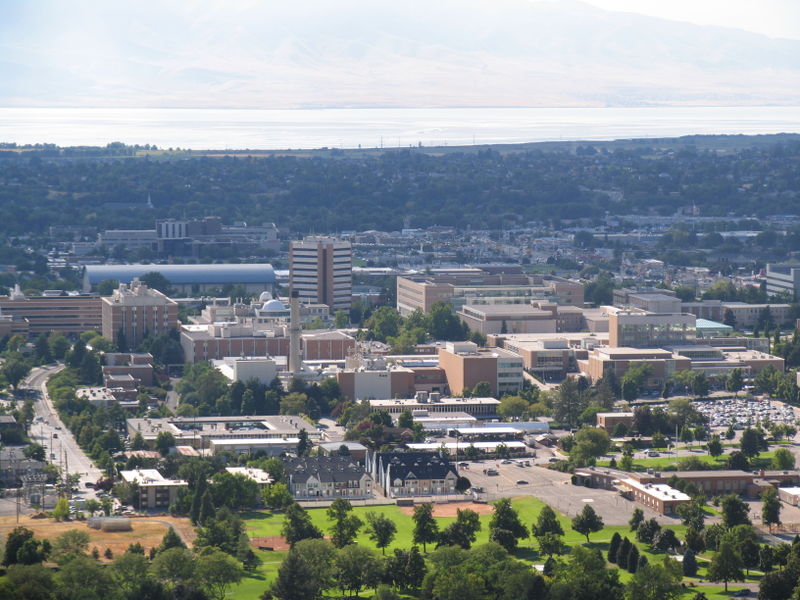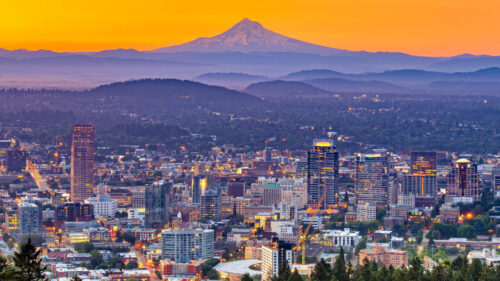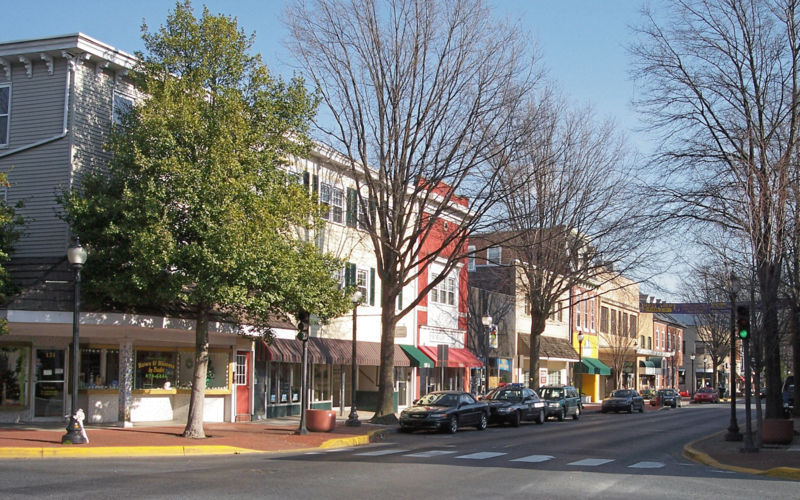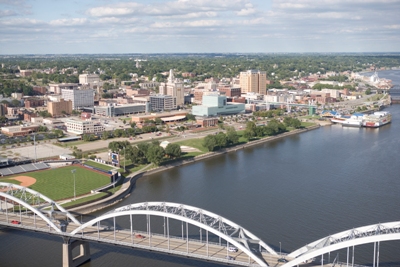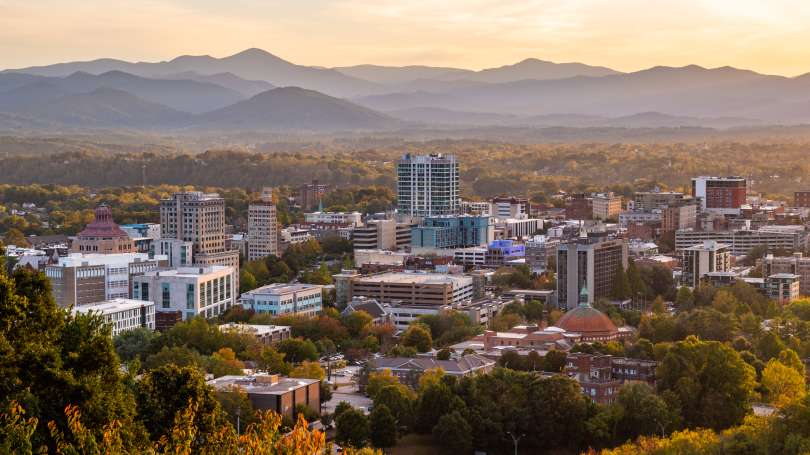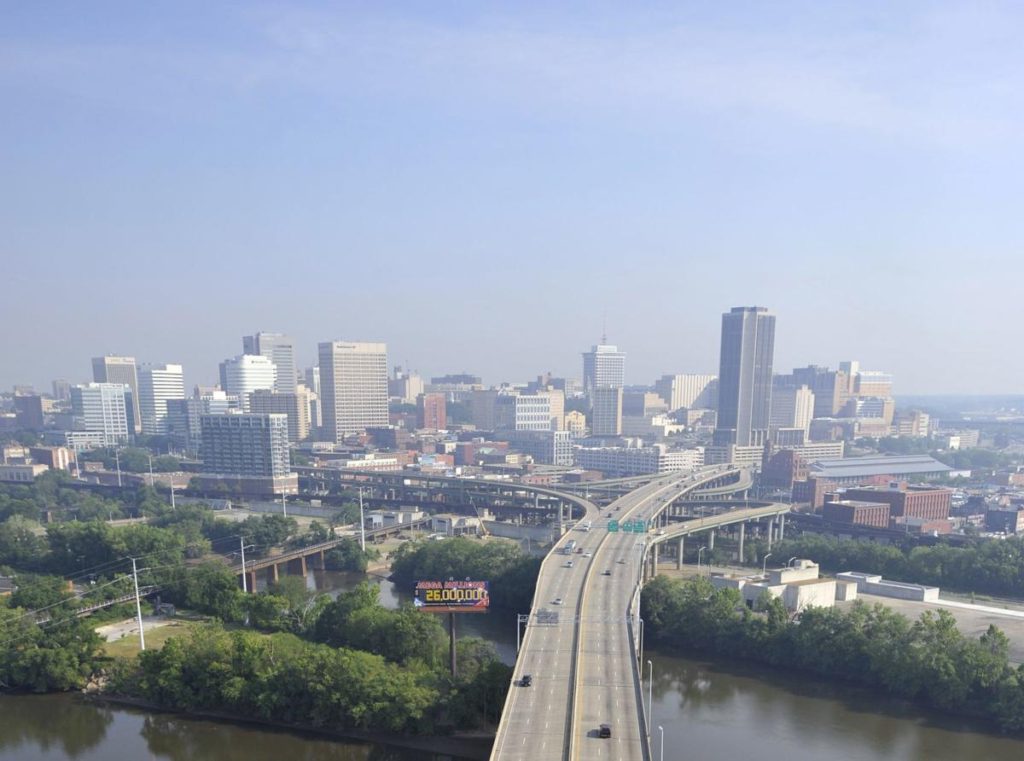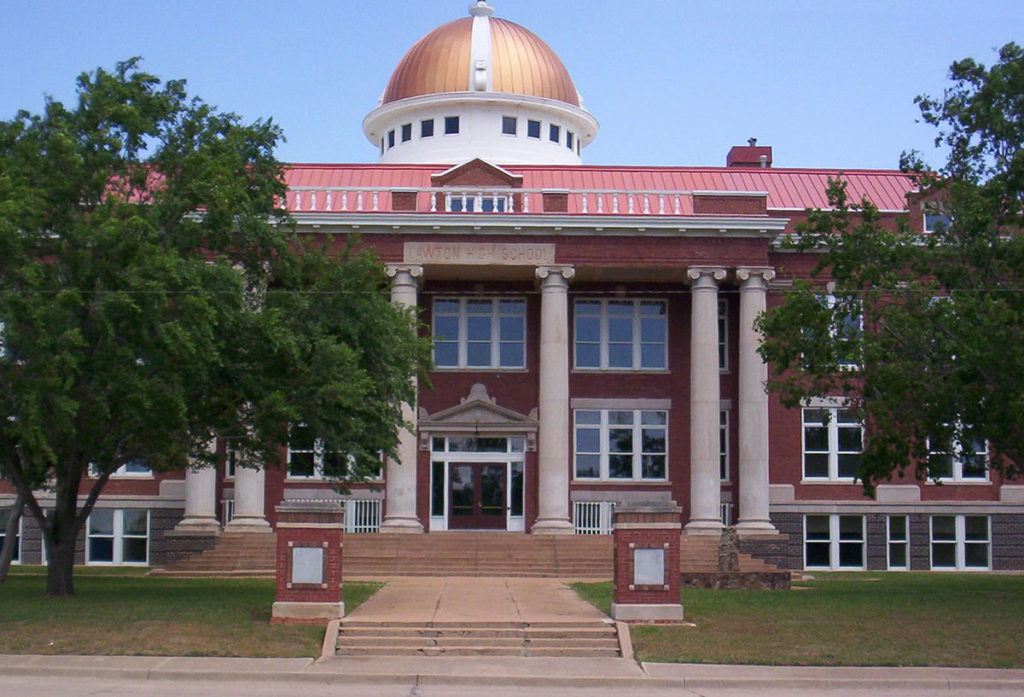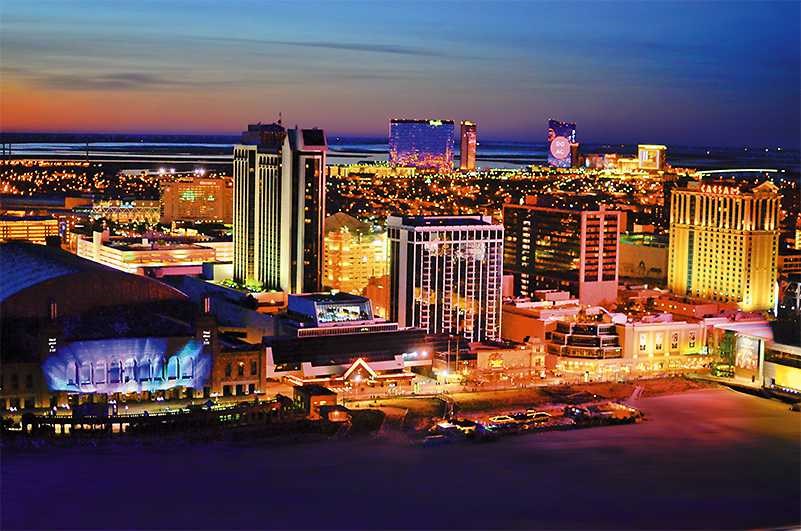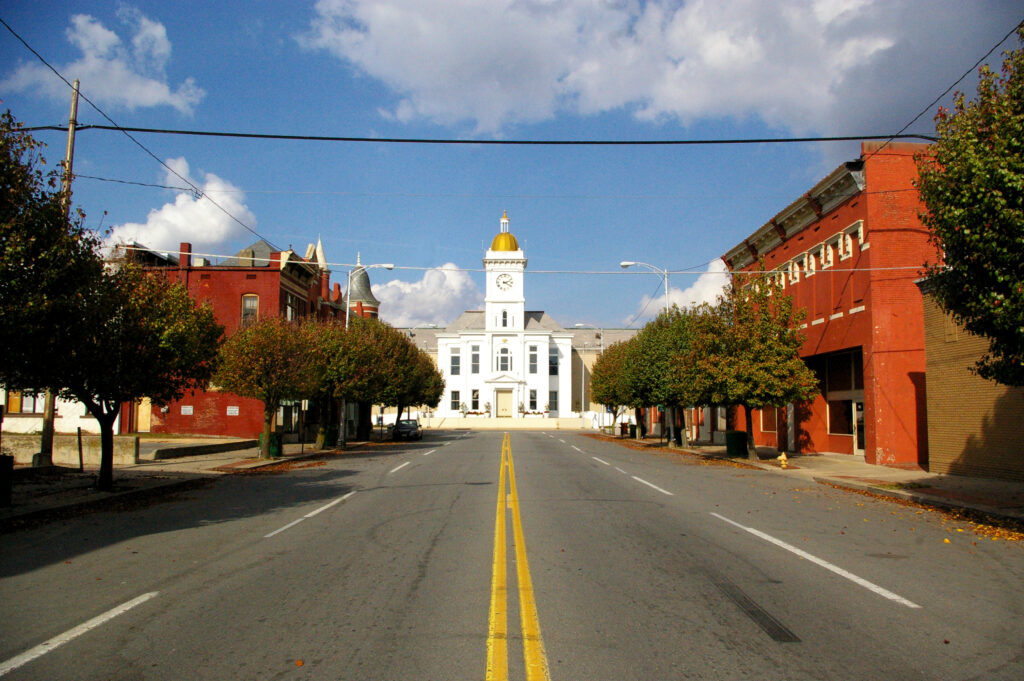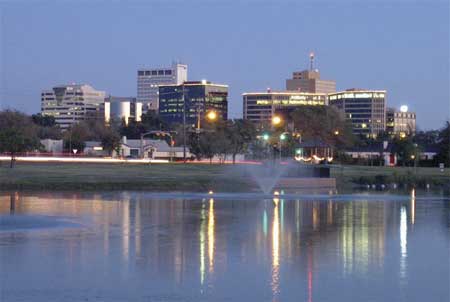Let’s head west! Our drive is a little bit longer than the previous one, with this one coverinf three time zones, 4 days and 2,088 miles. We will be able to enjoy the luxuries of highway travel throughout much of the journey, which will afford a pace of 65.25mph, and 522 miles a day. Will we finally see some warm weather?
DAY ONE (Thursday)
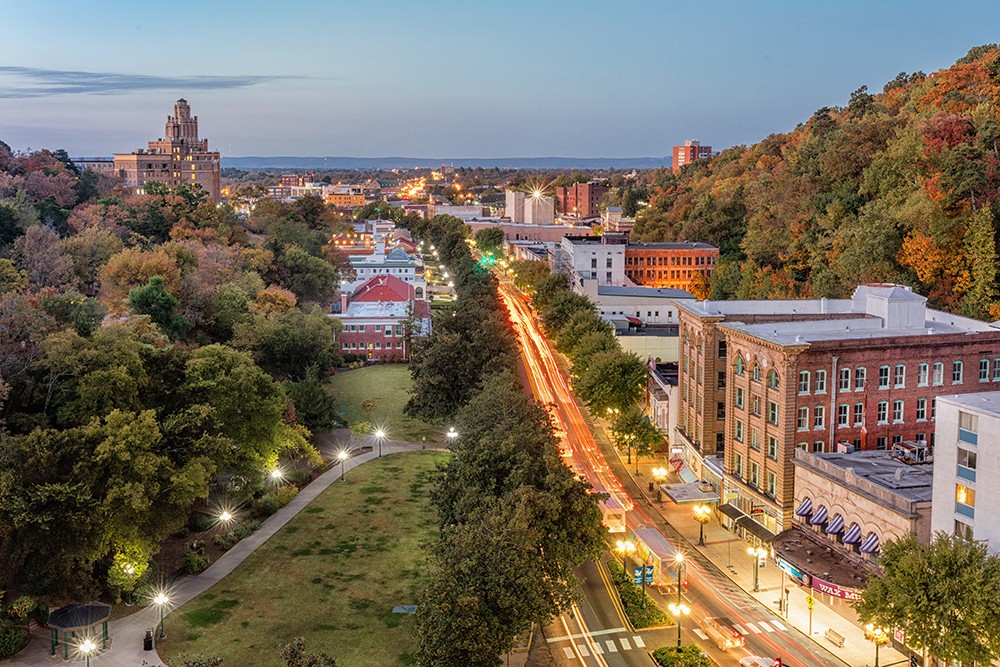
With high pressure beginning to drift out of hte central US, the cold air is alleviating. This, unfrotunately, also means that access to the Gulf is opening again, and some surface moisture is expected to get into the western parts of Arkansas, particularly the valleys, in the morning. This may manifest as a bit of light rain between Hot Springs and the Oklahoma border, but more likely, it will be seen as fog and low clouds. Low pressure is emerging in the northern Plains by tomorrow, and a cold front is going to emerge along our route. No concerns for developing showers or storms, but behind it, there will be a brisk northwest wind. Clear skies are expected after Henryetta, and winds should start to taper off around El Reno. The day will end in Groom, Texas, which is just east of Amarillo.
DAY TWO (Friday)
Another wave is going to ripple through the Rockies into the High Plains. What will this mean for us? Not much, save for more blustery winds between Amarillo and Santa Rosa, New Mexico. We will enjoy a bit more tranquil conditions though the high terrain of western New Mexico, and make it to the Painted Desert National Park in Arizona.
DAY THREE (Saturday)
The weather is really going ot be churning in the northwestern US, however there isn’t a whole lot to tlk about in the southwest. It won’t be hot in the desert, as we may be accustomed to thinking, which is good news, because our day will end at Edwards Air Force Base.
DAY FOUR (Sunday)
It’s probably the best to take highway 99 north through California on a Sunday, right? Or is most of the traffic hanging out on 5? Or does anyone even drive in the Central Valley? Nevertheless, we will be doing it on Sunday, as another system moves into the Pacific Northwest. In the Valley, we will see a smattering of light rain, while the hills and mountains east of us will contend with some significant snow fall, once again. The rain for us will come into the picture around Kingsburg, and in points northward. Sad to say, it may be a bit drizzly in northern California by the time we arrive in Redding on Sunday afternoon.
